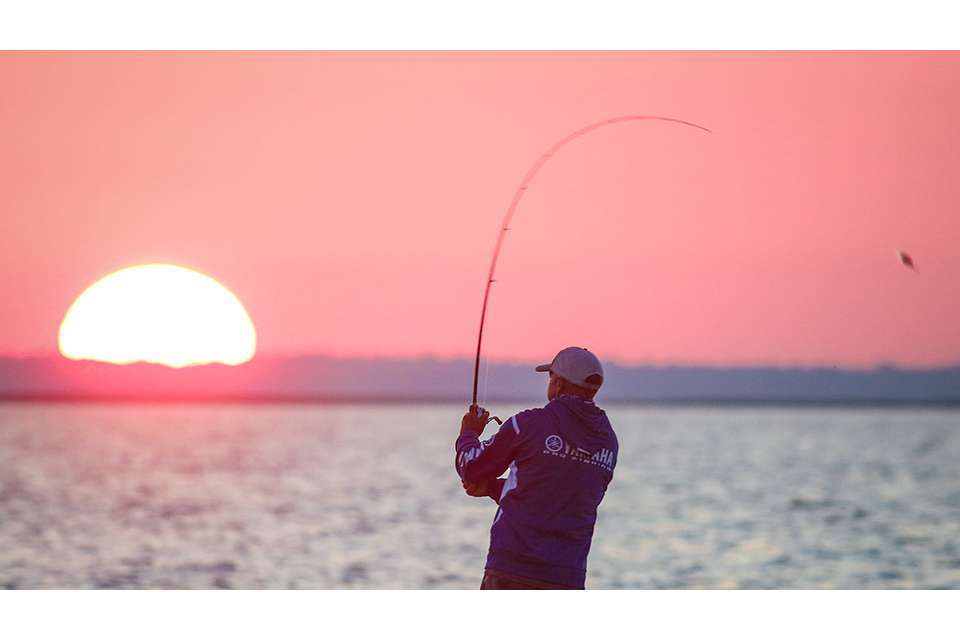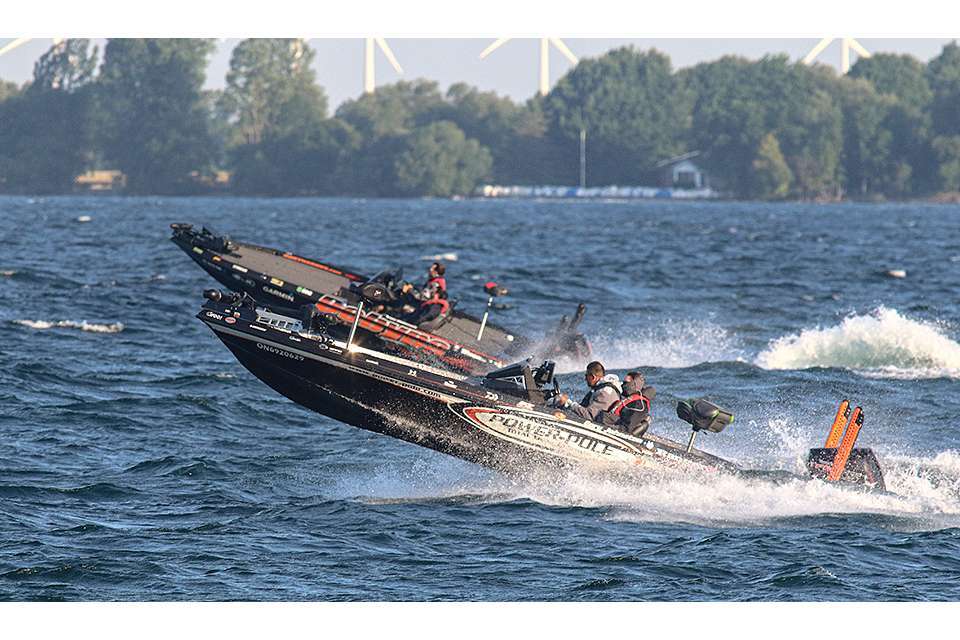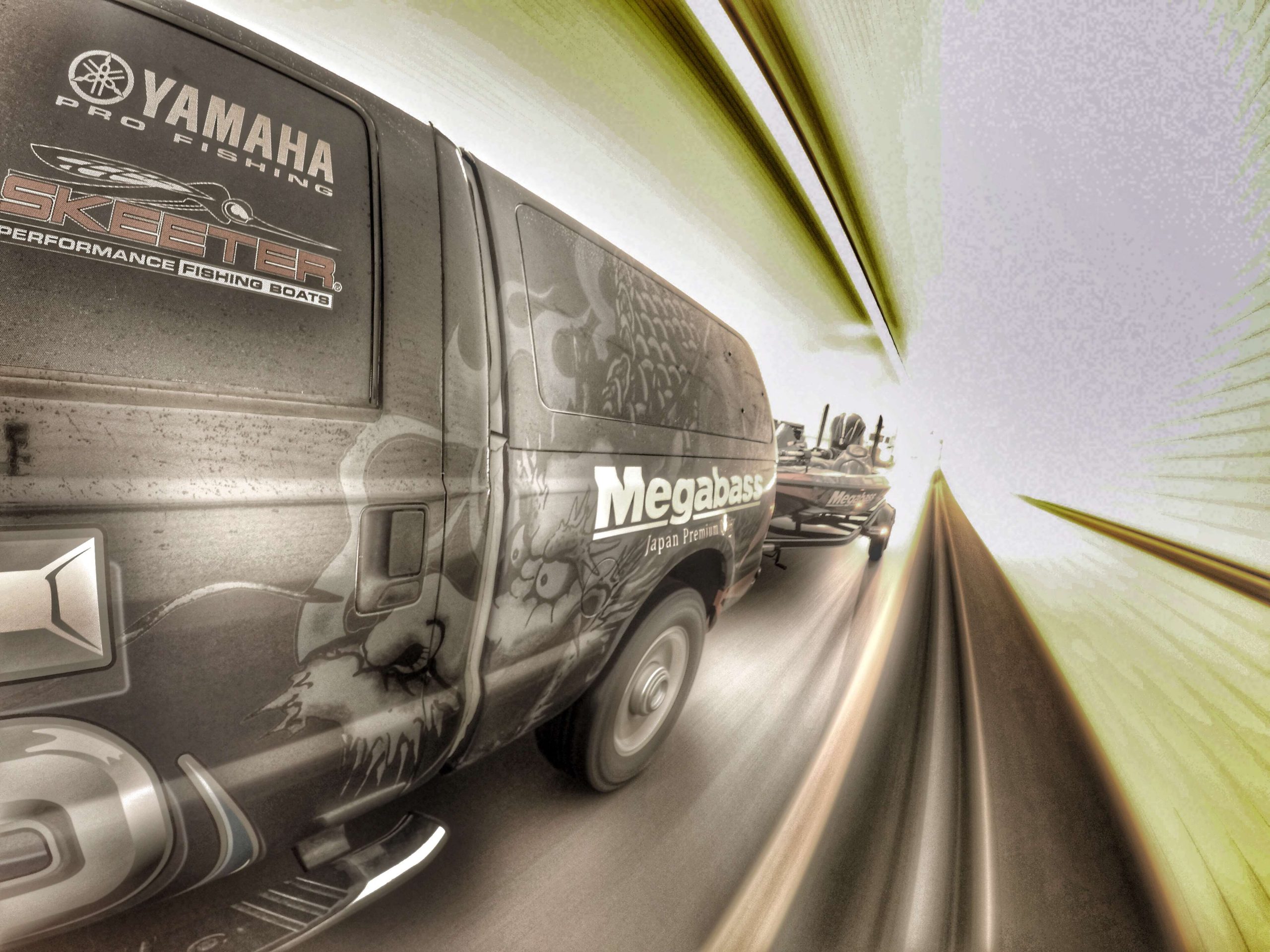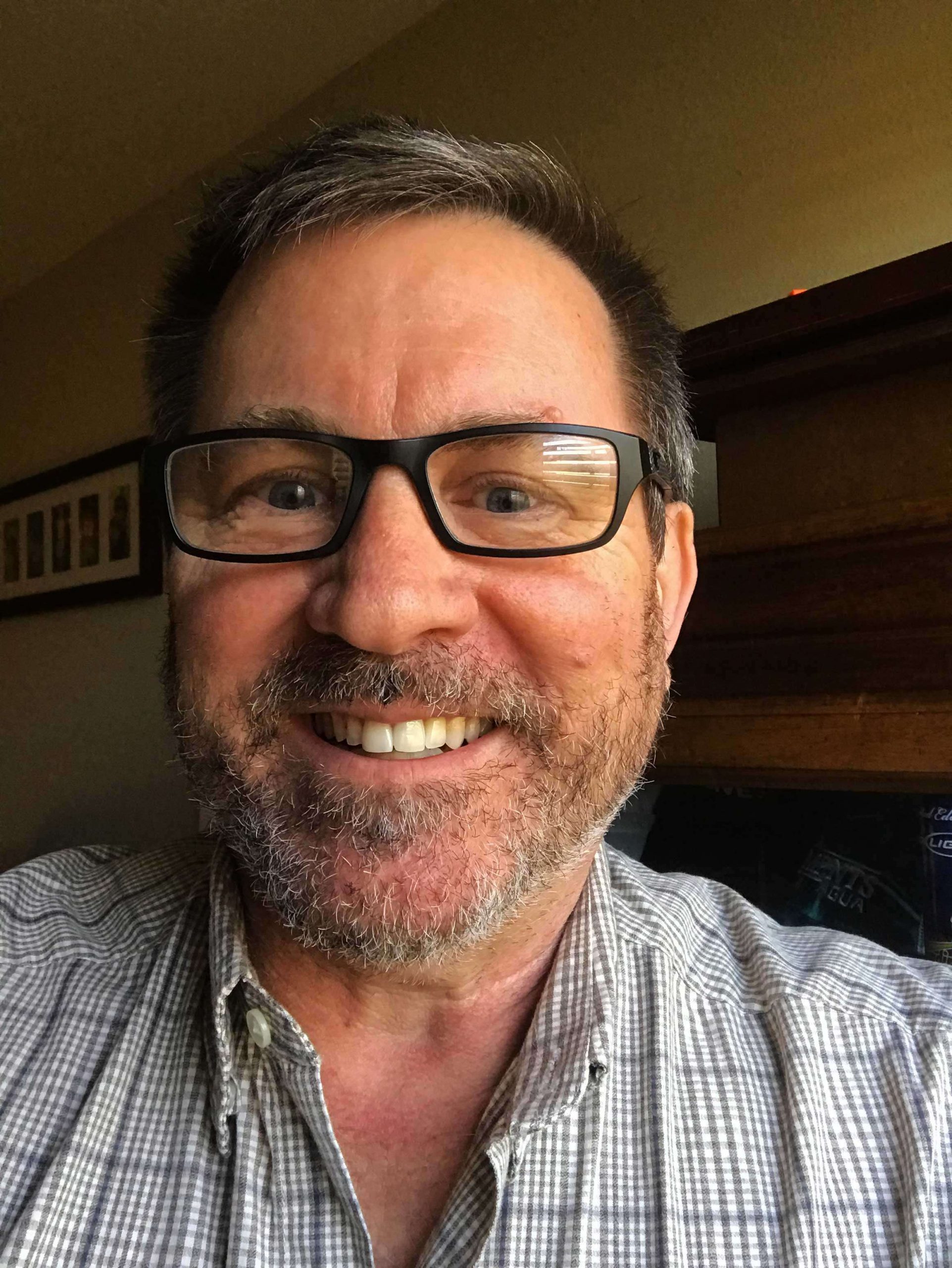
A master of angling is a must, yet Bassmaster Elite Series anglers require many more skills to sustain a career in professional bass fishing.
Davy Hite, a Classic champ and two-time Angler of the Year turned TV analyst, was asked to detail the numerous hats pros must wear. While the ability to hook and land fish without a net is the No. 1 requirement, Hite agreed a pro has to possess various talents, like naturalist, meteorologist, travel agent, negotiator, marketer and, of late, social media strategist. Getting around by land or sea is important, so add geography skills, boat captain and over-the-road truck driver, which leads to part-time mechanic and electrical engineer.
The list goes on, and the minutia of those requirements are enough to fill a book, Hite said.
“A lot of people never, ever think about many of those things,” Hite said, “and not just new viewers in the ESPN2 audience, even people who enjoy bass fishing but who have never really considered pursuing full-time professional angling. If you haven’t done that, you don’t think about all the things that come into play.”
There’s a definitive physical aspect to standing on a boat deck casting repeatedly for an eight-hour competition day. With an average of three casts per minute, an angler would make around 1,440 a day, so athletic ability is needed.
“Absolutely,” Hite said. “That’s just one day. There’s potential for seven days in a row, and practice days can be from dawn to dusk. I challenge anybody to state that these guys aren’t athletes. You get in the boat with any of the Elite anglers and you’ll be impressed by their physical abilities.”
A few years back, the physical demands of Elite anglers was studied by a health consultant, who via heart monitors discovered an angler can burn close to 6,000 calories a day. That physical exertion necessitates knowing something about refueling and hydrating — dietician — because running on empty could affect the next prerequisite.
“Fine motor skills. Hand-eye coordinator is a big deal,” said Hite, who as a youth practiced target casting for hours on end. “I pitched in a bucket in the backyard, in the dark, in the garage. I had access to a lake, but when I couldn’t get out, I would set up a bucket inside as long as grandma wasn’t around and I wasn’t going to break something.
“I had a burning desire to get better and better as an angler and hopefully fish professionally. Guys have been doing that for years and years.”
Admittedly, some are more proficient than others in pinpoint casting — a bad cast could spook fish and burn that area, maybe even prevent a win. “Even the guys who aren’t quite as good of casters, they’re really good,” Hite said, “and they might just be better at electronics and fishing offshore.”
Electronics are so advanced an angler can see an individual fish and cast to it, but being in tune with nature has put many winners in the right place to take advantage. Hite recalls his last of eight Bassmaster wins as a prime example of following Mother Nature’s clues.
“It really goes in with angling skills, but you have to be able to judge what’s going on out on the lake,” he said. “On the last day at Pickwick, at 11 o’clock I didn’t have a fish in the live well. Things were not anything like they had been the previous three days. Even the birds were just sitting around in the trees.
“Then all the sudden, a number of birds all flew down to the water’s edge and were sitting on rocks, like it’s about time to feed. I knew immediately, ‘It’s about to happen. I need to get to my best little current break because it’s about to go down.’ I caught 20 pounds in the next two hours.”

Being in the right position is crucial, as is getting there and getting back, so boating skills are a must. It’s something that Hite said can take some time to master, especially on big waters the Elites visited recently. In winning the St. Lawrence event from Lake Ontario, Canada’s Chris Johnston battled waves that had him bobbing up and down nearly 10 feet on Championship Sunday. Learning to navigate such waters takes experience, Hite said.
“I remember going to Ontario the first time and never seeing big water like that,” Hite said. “Let’s say I was very respectful of it, not scared of it, but I understood it was something I didn’t know much about. When I did go out, I just went little short distances, Grenadier, Fox Island.
“I didn’t do very well, but I went back and pre-fished and learned how to drive in those bigger waters. The next tournament I went all the way over to Chaumont Bay, much, much farther away and ended up second in the event. Through the years, I learned more and more how to navigate rough waters. It was interesting to see a lot of anglers, like me 30 years ago, not scared, but respectful and were like, ‘I can catch some in the river, I don’t need to go out on the lake.’”
Cory Johnston, although an old hand at big water, was among those who turned back around into the St. Lawrence after seeing Ontario’s growl on Championship Sunday. With his brother and Paul Mueller in a shootout, Cory opted not to risk banging up his equipment with the potential reward only a few spots up the leaderboard, especially with events the next few weeks.
Therein lies the role of strategist. The anglers, prohibited from the body of water for a month before the event, have three days of practice to develop a plan of attack. It’s a rarity that an angler can follow his map for an entire four-day tournament, especially with variables out of their control. Hite said among those are boat draw, someone on your spot, the chance of a mechanical failure.
Then there’s the weather, a major consideration when planning. Pro anglers probably rank second to meteorologists on the list of weather watchers. Fishing competitions are conducted in most all conditions, which adds outfitter to the list as anglers dress to stay warm and dry or to battle heat and sun.
Wind direction and wind speed is a major consideration, Hite said, as it effects fishing, travel time, even which bait to use. Fronts, low pressure, high pressure are taken into account, and even moon phase.
“I think you have to pay attention when you have full moons, especially if you’re in an area when there could be a spawn going on, whether it be the bass or baitfish, shad, bluegill, even mayfly hatch,” he said. “You need to adjust your fishing strategy throughout a four-day event according to that weather forecast.”
In that strategy, key is recognizing when to ditch Plan A and go to B, C or even D, as forecasts aren’t always exact. The Lake Champlain event was a perfect example after high winds predicted on Championship Sunday were knocked down by a passing storm.
“It was eerie,” Hite said. “The winds were picking up in the morning just like they were calling for, then all the sudden it was just calm. There were still rollers because it had blown during the night — Is it about to get really, really bad? And it just stayed calm until about the time they checked in. That changed everything. It maybe opened the door for (Brandon) Palaniuk to win that event. Right when all that was going on was when he really smashed them.”

Mapping out wins supersedes all, but logging 30,000 to 40,000 miles a year towing a boat can’t be underestimated. For the field, that’s around 3 million miles behind windshields. Hite said he’d get a laugh with this comeback when people asked him about being a professional angler.
“Well, actually, I’m a truck driver who gets to stop for a week to fish. That’s the way you feel at times,” he said. “That trip to Champlain, that’s a 20-hour drive. So you drive two days up there, two days back, and hopefully you get to fish seven days. Half the field only fishes 4 ½ days, so there can be just as much driving as fishing at times.”
Some of those annual miles, which Hite logged in a book, are for sponsor appearances, another avenue that spurs success in the sport. Each partner in a relationship should benefit the other, so beyond winning, an angler’s prowess in public relations and marketing can help him climb the ladder.
“You have to build relationships with companies and learn how to promote products and sell products for companies,” he said. “Some guys are better at talking to people, but we can all get better.
“If you’re a young person and want to be in professional angler, it’s something you need to work on. Maybe take some public speaking courses, research marketing. If you hope for longevity and making a good living in the sport, you need to hone those skills.”
That travel time for the names on their shirts and boat wraps can turn more profitable, as can pre-practice. When the Elite schedule is released, many jump online and on the phone to book places to stay, whether a nearby campground, motel or house. Those travel considerations need managing, as does finding the time to get a preview of the fishery. Many pros map out extensive trips that include sponsor visits en route to or after fishing. Time management can be critical, Hite said, for an angler’s livelihood as well as his personal life.
“You have to manage your time on the water to stay in tune with the fish,” he said. “There’s time you work with your sponsors, which is very, very important. So is your time at home with your family. That’s why things really get different when an angler goes from being single or married with no children vs. married with a couple children. You want to spend time with them. I know I did with my two boys. You have to find a happy medium with all that. And it’s not easy. It’s not easy.
“The many hats that pros have to wear, I think it’s a good topic and I don’t think most people know all the talents it takes to be an Elite pro.”

